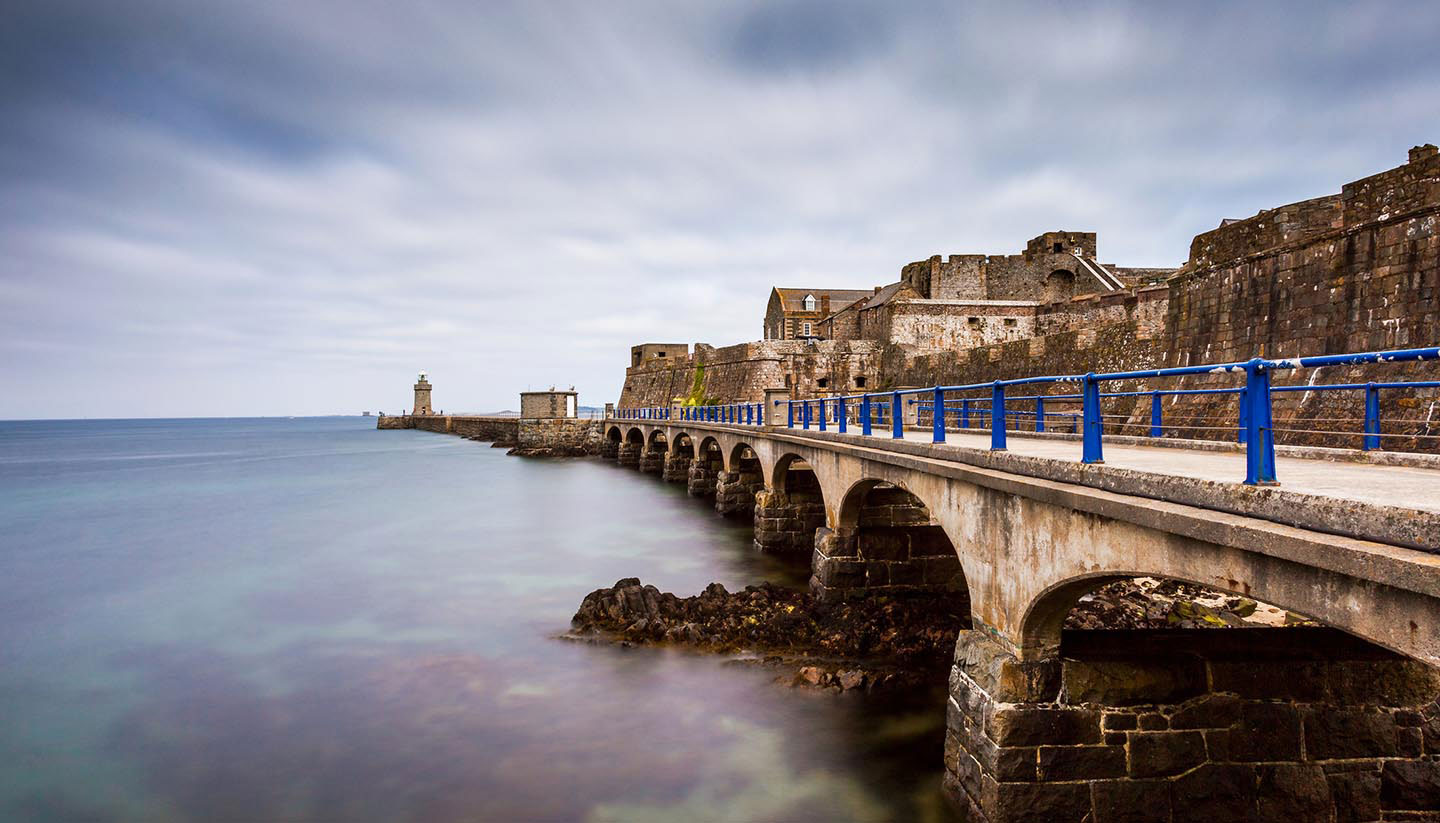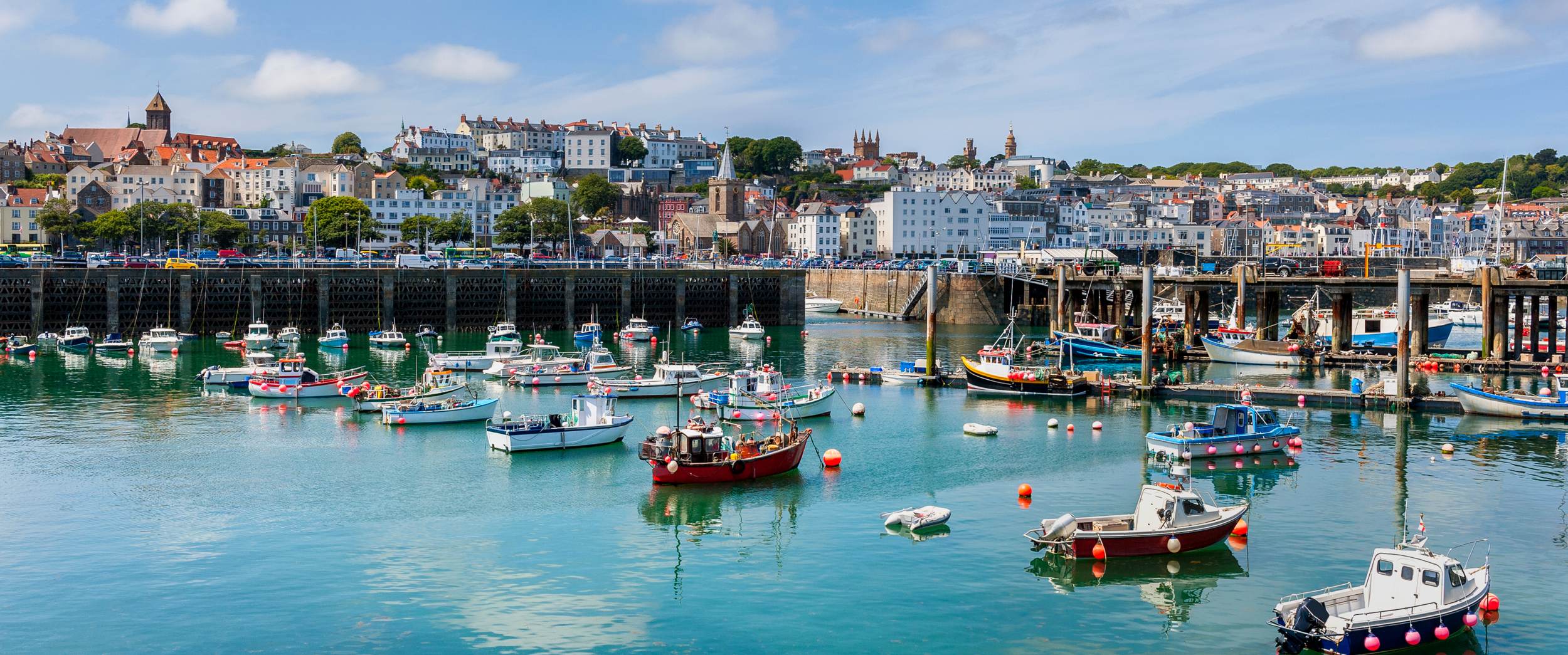Guernsey Weather, climate and geography
Weather and climate
Best time to visit
Guernsey enjoys a temperate oceanic climate categorised by long, dry summers and mild winters.
Spring (March to May) starts off cool but by May, temperatures reach an average of high of 14°C (57°F) and an average low of 9°C (48°F), a good time for hikers to savour the uncrowded landscapes.
Summer (June to August) is peak season and rainfall at its lowest. 19°C (66°F) is the average high in July and August, and with the sea temperatures ranging from 16°C (61°F) to 19°C (66°F) in August, this is the perfect time to go for a swim in the ocean.
Autumn (September to November) is the best time to visit for budget-conscious travellers as prices are lower and the weather is still warm. Every October, the island hosts the Tennerfest where foodies feast on a three-course meal for £10 to £20 per person.
Winter (December to February) is never that cold but can be grey and rainy. February is considered the coldest month with an average high of 7°C (45°F) and an average low of 4°C (39°F), still relatively warm considered by many.
Required clothing
Normal beach and holiday wear for summer, with a jacket or a sweater for the evenings. Rainwear are advised from November to March.
Geography
Guernsey is situated in the Gulf of St Malo, 50km (30 miles) from the coast of France and 130km (80 miles) from the south coast of England. The cliffs on the south coast rise to 80m (270ft), from which the land slopes away gradually to the north. Guernsey is an ideal centre for excursions to the other Channel Islands and France. The islands of Alderney, Brecqhou, Herm, Jethou, Lihou and Sark are dependencies of Guernsey.




